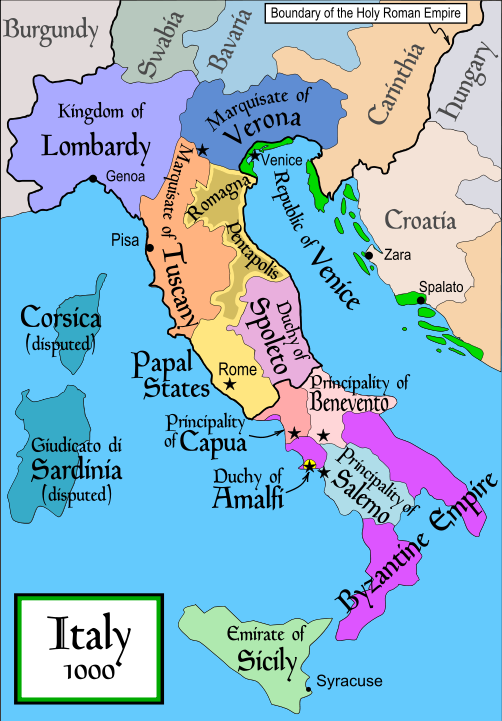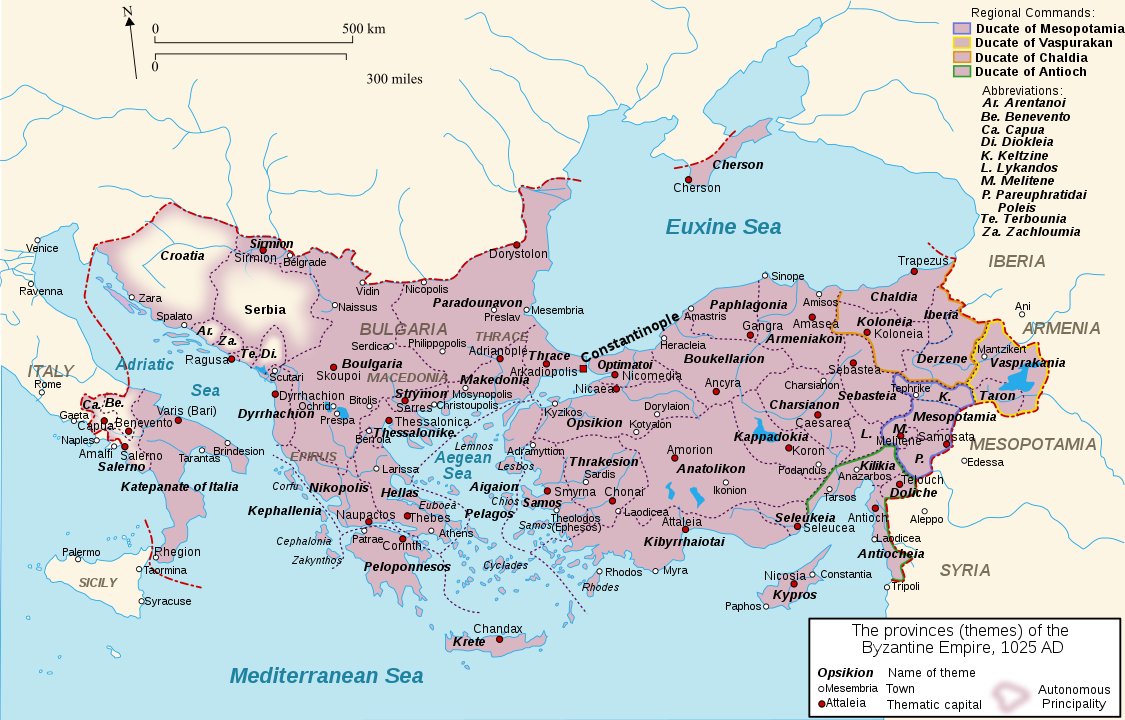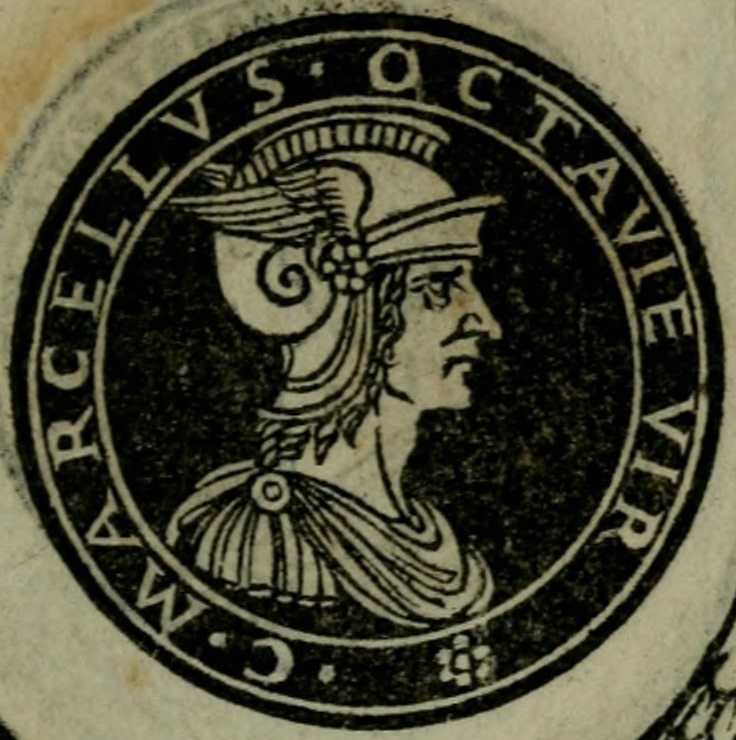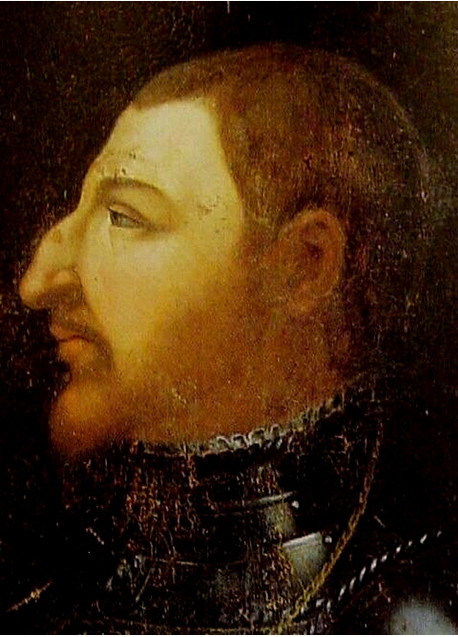
Seizing the throne from his under age nephew, this young prince converted his kingdom into a military state with his innovations in warfare and consistent war efforts, setting its stage for global domination.
Story in the evening ...
Story in the evening ...
https://twitter.com/Arby_K/status/1331812151908974592
Philip was born in 382 BC to King Amyntas and his wife Eurydice. Amyntas ruled a northern Greek state, away from the powers of Athens, Sparta and Thebes that dominated Greece. It was briefly a vassal of Achaemenid Persia at the height of their powers as well. 1/10 

For most of its history, Philip's people were largely left to the footnotes of ancient Greek history. Everything changed with the accession of Philip to the throne. It all started during the rule of Philip's eldest brother, when Philip was sent as a hostage to Thebes. 2/10 

It was a time when Thebes dominated the affairs in Greece, led by Pelopidas and Epaminondas. Philip would learn a lot about military during his time as a hostage in Thebes. When he returned in 364, another brother was on the throne, but he would soon die in battle. 3/10 

In 359, Philip would seize the throne from his infant nephew. By buying off the forces invading his nation with tributes, he would take time to reform his military. One of the major innovations would be the introduction of the sarissa, a long pike for use by the phalanx. 4/10 

Philip would spend the initial years fighting the weaker nations in his periphery. It was during this time he would lose an eye in battle. But Philip would lead his armies victoriously, setting stage for a larger battle for control over Greece. 5/10 

The Theban hegemony had been weakened by continuous wars. Philip would displace them as leaders in the battle to recover Delphi. There would be intermittent battles with Athens, but they would eventually sue for peace; terms Philip would accept because he had bigger plans. 6/10 

After the Battle of Platea in 479, the Achaemenids had largely retreated from Europe. But in 343 led by Artaxerxes III, they had reconquered Egypt. They were still very much a power to be reckoned with. In 338, Artaxerxes III had been assassinated, leading to instability. 7/10 

In 338, Philip would defeat an Athens led Greek alliance and establish his hegemony over Greece. Only Sparta remained out of it. In 337, Philip would be ready with his war veterans to take on Persia, leading all his Greek allies. 8/10 

All set for battle, Philip would be killed by a bodyguard. The news of the king's death would result in the defeat of the initial army. But his son, Alexander, tutored by Aristotle and experience in warfare after ruling in his father's stead since 340, was ready for battle. 9/10 

From 334 to 330, Alexander would make quick work of the the Achaemenids already divided after the death of Artaxerxes III. @smithsonian had this on Philip of Macedon smithsonianmag.com/history/philip… 10/10
• • •
Missing some Tweet in this thread? You can try to
force a refresh














